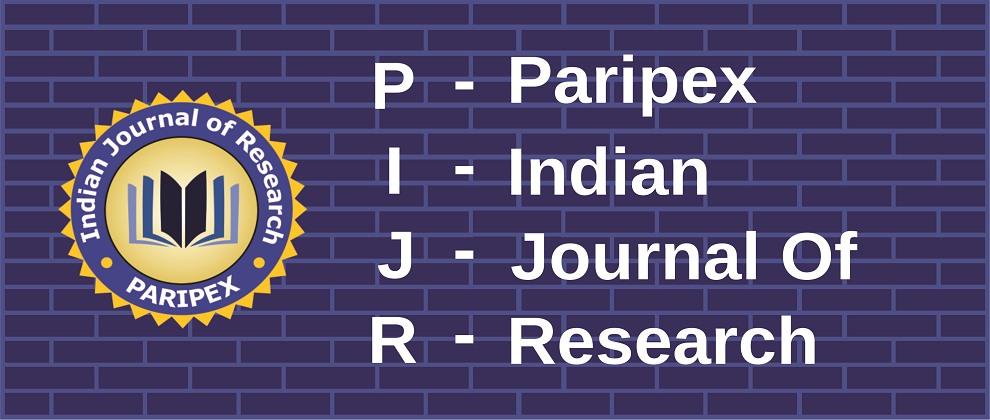Volume : VIII, Issue : II, February - 2019
A Technological Literature Review on Load Forecasting in Power System using Artificial Intelligence.
Rakeshkumar B. Shah
Abstract :
This paper reports a technological literature review on various methods of load forecasting using Artificial Intelligence. Artificial Intelligence means to make the computers think. Artificial intelligence includes different technologies but not limited to, fuzzy logic, neural networks, genetic algorithm and swarm intelligence. Genetic algorithm is a method for moving from one population of chromosomes to a new population by using a kind of natural selection. Swarm intelligence is a specialization in the field of self organizing systems. Genetic algorithm can also be applied to problems with a large number of variables. Swarm intelligence uses the behaviour of non–human living species for solving of problems. Behaviour of self organization by a group of social insects is known as Swarm Intelligence. Neural network intelligent systems are being developed on the basis of functioning of the human ain. A neuron is the fundamental unit of the ain. The first fuzzy logic controller was used for controlling a steam generator. Load forecasting is the prediction of future loads of a power system. It is an important component for power system energy management. Precise load forecasting helps to make unit commitment decisions, reduce spinning reserve capacity and schedule device maintenance plan properly. Besides playing a key role in reducing the generation cost, it is also essential to the reliability of power systems. By forecasting, experts can have an idea of the loads in the future and accordingly can make vital decisions for the system.
Keywords :
Load Forecasting Power System Particle Swarm Optimization Artificial Intelligence Fuzzy Logic Artificial Neural Network Intelligent systems.
Article:
Download PDF
DOI : https://www.doi.org/10.36106/paripex
Cite This Article:
A TECHNOLOGICAL LITERATURE REVIEW ON LOAD FORECASTING IN POWER SYSTEM USING ARTIFICIAL INTELLIGENCE., RAKESHKUMAR B. SHAH PARIPEX - INDIAN JOURNAL OF RESEARCH : Volume-8 | Issue-2 | February-2019
Number of Downloads : 602
References :
A TECHNOLOGICAL LITERATURE REVIEW ON LOAD FORECASTING IN POWER SYSTEM USING ARTIFICIAL INTELLIGENCE., RAKESHKUMAR B. SHAH PARIPEX - INDIAN JOURNAL OF RESEARCH : Volume-8 | Issue-2 | February-2019


 MENU
MENU

 MENU
MENU


